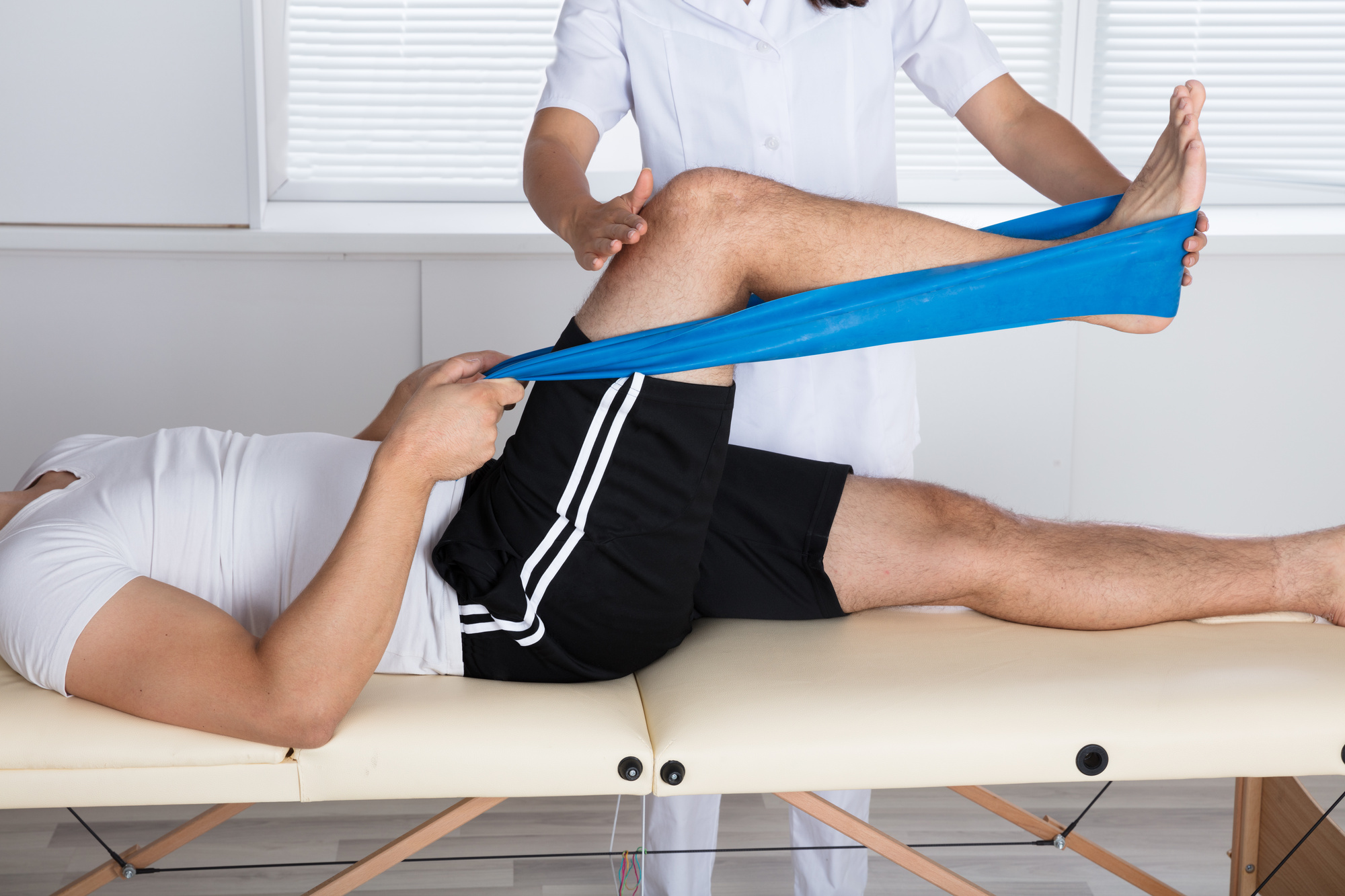Understanding Frequent Sports Ailments and Efficient Rehabilitation Strategies aimed at Athletes
Wiki Article
Athletic traumas are frequent among sportspeople of all age groups and proficiency levels. These traumas can occur in multiple forms, including ligament injuries, strains, fractures, and tendonitis. Understanding the kinds of traumas that can happen during athletic events is essential for not only avoiding and treatment. Ligament injuries, for example, entail the stretching or rupturing of ligaments, which link skeletal structures at a joint. Strains, on the contrary hand, impact muscle tissues or tendon structures, which attach muscle tissues to bones. Recognizing these injuries promptly can help sportspeople obtain appropriate treatment and come back to their sport more quickly.
One of the frequently frequently seen traumas in sports is the foot sprain. This injury often happens when an individual lands ungracefully or twists their ankle during a match. Symptoms of an foot ligament injury include discomfort, inflammation, and trouble moving. Immediate care typically involves the R.I.C.E. method, which represents for Rest, Ice, Wrapping, and Elevation. This method helps reduce inflammation and pain. In severe serious cases, physical treatment may be required to regain strength and mobility to the ankle before going back to athletics.
Another common trauma is a muscular injury, which can occur in any athletic activity that demands sudden actions or heavy weight-bearing. Athletes may suffer a muscle strain when they stretch a muscle too much or when they exert too great force. Signs include sharp discomfort, swelling, and muscular contractions. Rehabilitation for muscle injuries often includes gentle flexibility exercises and conditioning exercises. Slowly increasing activity levels is vital to prevent recurrence. Athletes should work closely with a physical specialist to create a safe and efficient rehabilitation strategy.
Tendonitis is another injury that can impact athletes, particularly those who engage in frequent movements, such as joggers or swimmers. This issue happens when a tendon structure, which connects muscular tissue to skeletal structure, gets swollen. Common locations affected by tendonitis include the elbow, shoulder, and leg. Signs often include discomfort and stiffness, especially during movement. Treatment for tendon inflammation usually includes rest, ice, and pain-relief drugs. In some situations, rehabilitative therapy may be recommended to improve mobility and strength in the affected area.
Avoiding sports injuries is just as important as addressing them. Sportspeople can reduce their chance of injury by warming up correctly before events, using the appropriate gear, and maintaining good physical shape. Power training and flexibility workouts can assist prepare the physique for the demands of athletics. Additionally, athletes should pay attention to their physical condition and allow breaks when needed. By understanding frequent athletic traumas and implementing effective recovery plans, sportspeople can remain healthy and article source enjoy their favorite sports for years to follow.
